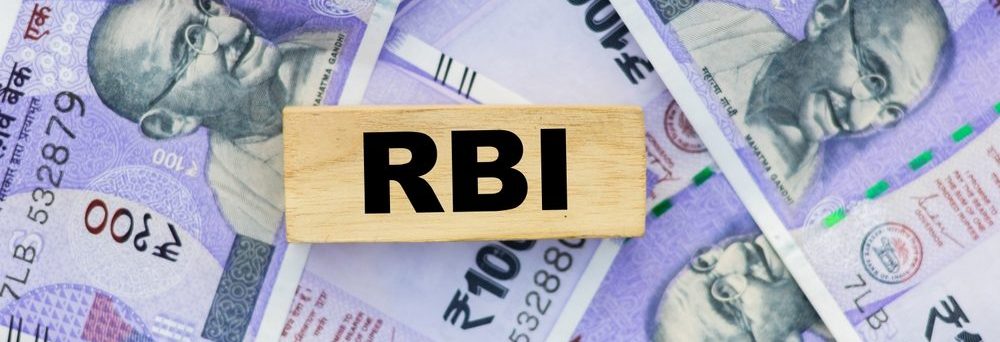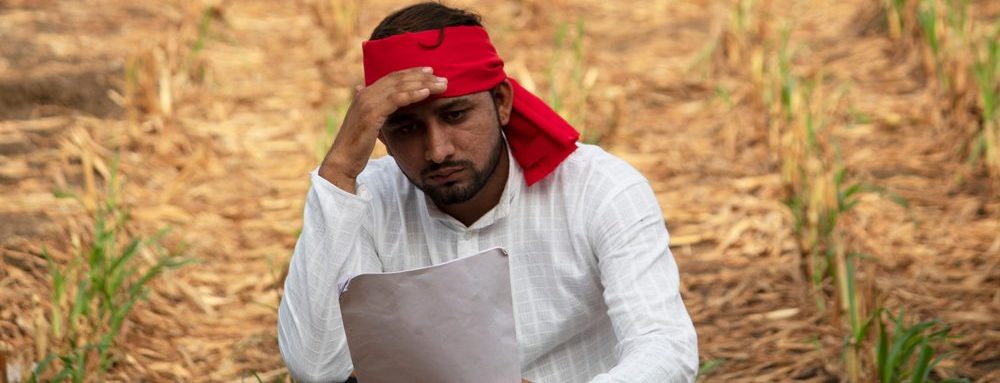Emerging Trends and Shifts in Microfinance

This study sought to understand the impact of the new regulations on the microfinance sector through the lens of different categories of stakeholders – customers, leadership at microfinance institutions (MFIs) and intermediating staff.
How Should the RBI Respond to the Microfinance Crisis?

Debt distress among microfinance borrowers is on the rise, sufficiently so that it may be characterised as a crisis for the sector. This is driven by factors across the supply- and demand-sides, as well as factors inherent in the nature of the credit cycle, where periodic booms and busts have been present throughout history. To address this, we propose two sets of recommendations for the regulator: a set of recommendations that can be initiated in the short-term and another set that can be initiated over the medium-term.
Exploring the Phenomenon of Debt Distress and Possible Solutions

This chapter emphasises the realities of the sector that create a feedback loop, where lenders are incentivised to over-lend and borrowers to over-borrow, until crisis intervenes as a necessary and often tragic correction
How have household balance sheets changed post the pandemic? A descriptive analysis of household portfolios using CMIE’s Consumer Pyramid Household Survey Dataset

According to a report by Crif High Mark, microfinance loans overdue for up to 31-180 days increased from 2.1% in March 2024 to 2.7% in June 2024. While there could be several supply-side factors at play for the rise in defaults, in this blog we direct our attention to reviewing the household side of the story by assessing the changes in household balance sheets post the COVID-19 pandemic.
Let’s not conflate microfinance with self-help-group financing
The microfinance industry has witnessed moves by the Reserve Bank of India (RBI) to revise the regulatory framework (March 2022) for it and also caution it against an exclusive focus on business growth (November 2022).
Unpacking user-centricity of the MFIN Customer Redress Mechanism (MFIN-CGRM) Findings and recommendations
MFIN India and Dvara Research partner to gather insights on users’ experience of navigating the MFIN-Customer Grievance Redress Mechanism (MFIN-CGRM). The study deploys mixed methods — a primary survey of over 300 users, stakeholder interviews and desk research to understand the user-centricity of the MFIN-CGRM.
Approaches to Assessing Household Income for Microfinance Clients
The Microfinance sector is gearing up for change as the recent RBI (Regulatory
Framework for Microfinance Loans) Directions, 2022 has put in place comprehensive
regulations to ensure customer protection
Gauging household income key for microfinance clients
he microfinance movement in India is set to receive another dose of impetus with the Reserve Bank of India’s (RBI) recently released Consultative Document on Regulation of Microfinance in June 2021. Following the Malegam Committee Report, which is a decade old now, the current document looks to reassess and realign the priorities of the sector.
A Principles-based Evaluation of Public MSME Credit Guarantee Schemes in India
In this policy brief, we evaluate the design and operation of the public credit guarantee schemes for MSMEs present in India, the Credit Guarantee Fund Trust for Micro and Small Enterprises (CGTMSE) and the Credit Guarantee Fund for Micro Units (CGFMU), against the principles developed by the World Bank Group (WBG) and Financial Sect
Our Response to RBI’s Consultative Document on Regulation of Microfinance
In this blog post, we present a summary of our response to the consultative document.

